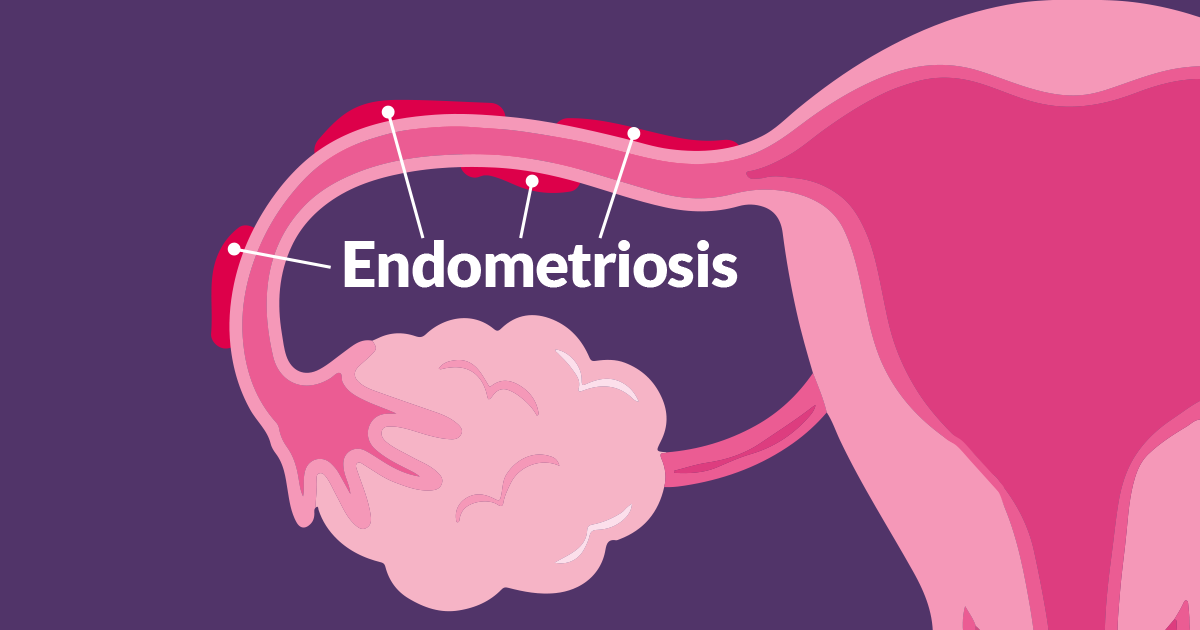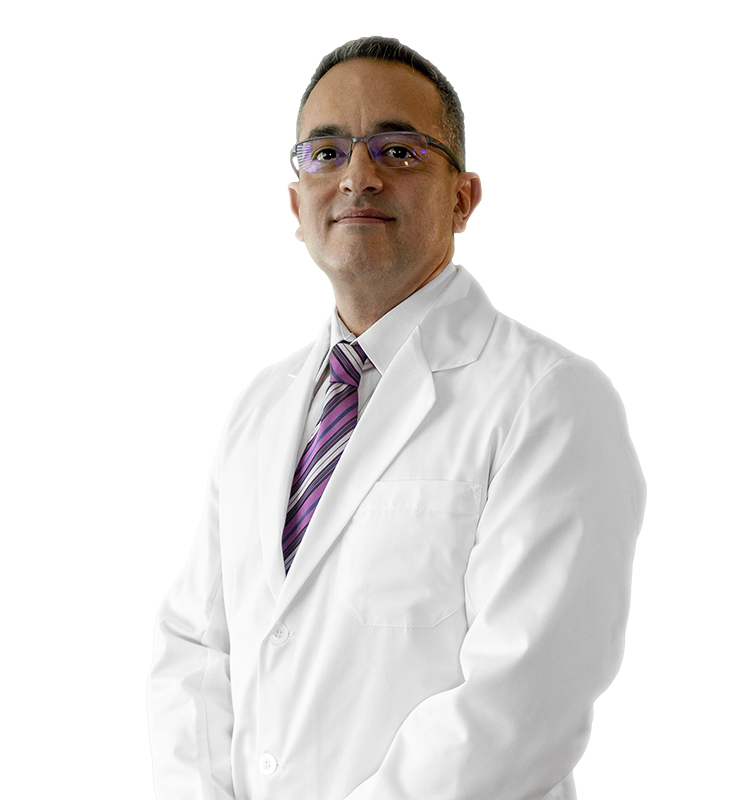Endometriosis
About 25-30% of the population have endometriosis to a lesser or greater degree, which makes it, along with uterine fibroids, one of the most common problems in women.
Endometriosis is a problem in the reproductive stages of women, which tends to be more frequent every day. The endometrial cells that grow month by month within the uterine cavity are called the endometrium. When these cells develop outside of this environment, that is, in the ovaries, fallopian tubes, uterus, intestines, sacral ligaments, rectus sigmoid, vagina, etc., it is often called endometriosis. Fig. 1
Once sexual life has started, at least one gynecological ultrasound should be performed.
Las implicaciones que tiene la endometriosis en la vida cotidiana de la mujer son de suma importancia puesto que pueden llegar a ser incapacitantes en muchas de las veces.
Sus principales manifestaciones clínicas o síntomas médicos son los siguientes:
However, one of the most important aspects of endometriosis is that it is usually silent in 50% of cases. This leads to an evolution and progression of the disease without any symptoms, and which can often have devastating internal consequences.
Its main problem is that it generates substances that cause the internal anatomical structures to form adhesions (small cobwebs) that stick together and interrupt the normal movement of both the intestine and the fallopian tubes, and favoring blood stagnation in these tissues, as well as increasing inflammation. tissues and often producing ovarian cysts. All this leads to clinical manifestations but of vital importance for fertility in women.
Ultrasound scan.
In a gynecological visit, the directed medical questioning is of the utmost importance, as well as the gynecological exploration with endovaginal ultrasound, since it allows us to rule out or diagnose an endometriotic cyst, in addition to suspecting the pathology by producing pain with the mere pressure of the vaginal probe. . It is necessary for the specialist doctor to explain if he has suspicions of endometriosis, what it consists of and what can be done.
Its management is generally multi-comprehensive but can only be symptomatic or surgical. It largely depends on the degree of endometriosis, as well as whether or not we have an implication of fertility. From the medical point of view, we generally start with therapeutic measures that lead us to improve their daily lives, and later see which treatment is better for reproductive prognosis, as in the case of large ovarian tumors, to reduce pelvic congestion.
In the vast majority of endometriosis, a surgical approach is not necessary. But in patients with fertility problems, the patient must be carefully evaluated and the decision must be made together with the reproductive medicine specialist.


